This is Part 4 of my tiny series on Window Management in Windows 10. While you’re welcome to review the previous parts, its not a prerequisite to follow along.
In Part 3 I mentioned some nifty things about the WINDOWS Logo key + TAB key combination, but I [intentionaly] didn’t tell you that it was the shortcut for Task View.
Task View
Task View is the first pinned icon on your Taskbar after the Cortana search box, and aside from being able to see and manage all of your open windows in the Task View, you can also create new, and manage existing, Virtual Desktops.
Yes! Virtual. Desktops. (^_^) !!!!1! I would argument that this is likely to be the single most interesting desktop feature by far.
Each virtual desktop has its own set of apps, while retaining all the shortcuts and wallpaper from the original. Furthermore, everything on the original desktop continues to function (music, videos, apps etc.) so you’re not ‘suspending’ the original desktop. The idea behind this is that you would group applications into virtual desktops to help eliminate too much application/window clutter.
Once you create your new virtual desktop, you can drag windows/applications from desktop to desktop via the Task View to help get organized.
When you close a virtual desktop, the windows/applications don’t close, so there’s no fear of losing anything. Instead, the windows/applications are pushed over to the desktop to the left of the desktop you’re closing.
There are several shortcuts available to facilitate the creation of these virtual desktops.
Keyboard Shortcuts from the Desktop
- WINDOWS Logo Key + TAB – Opens Task View to show all of your open applications AND all of your virtual desktops.
- WINDOWS Logo Key + CTRL + D – Create a new virtual desktop
- WINDOWS Logo Key + CTRL + Left/Right – Scroll through your desktops left/right
- WINDOWS Logo Key + CTRL + F4- Close the current virtual desktop
Keyboard Shortcuts from Task View
- WINDOWS Logo Key + TAB – Go back to the desktop. (Also, you could just press ESC)
- WINDOWS Logo Key + CTRL + D – Create a new virtual desktop and switch it while remaining in Task View
- WINDOWS Logo Key + CTRL + Left/Right – Scroll through your desktops left/right while remaining in Task View
- WINDOWS Logo Key + CTRL + F4- Close the current virtual desktop while remaining in Task View
Bravo to Microsoft to making Windows not only ‘cool’ but also practical.
Well that’s for now on Task View. I fully encourage you to explore it on your own as you migrate or continue to explore to Windows 10.
Good Providence to you!
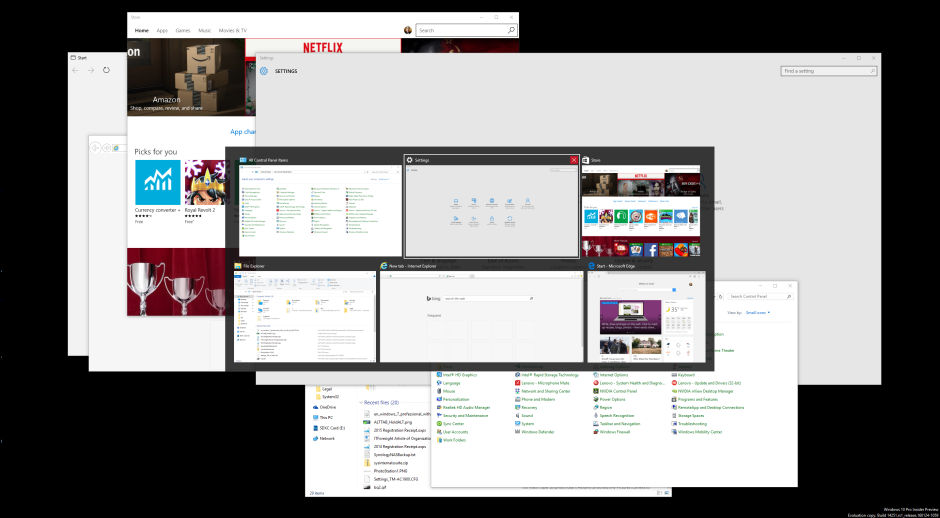
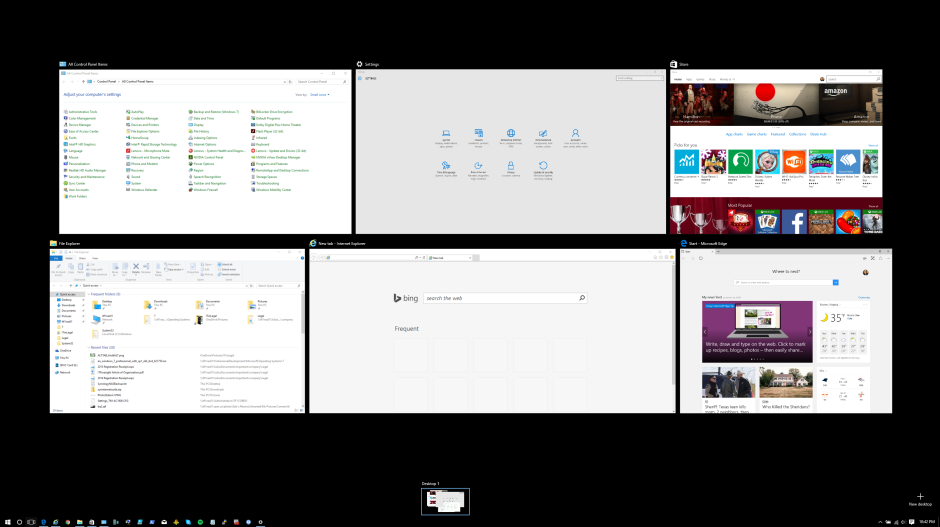

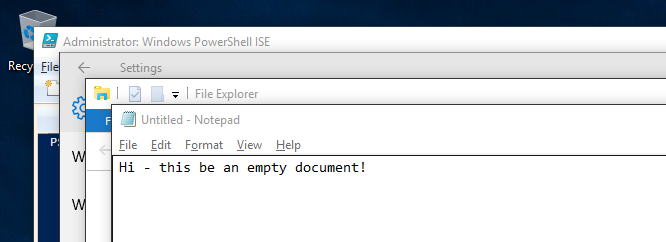


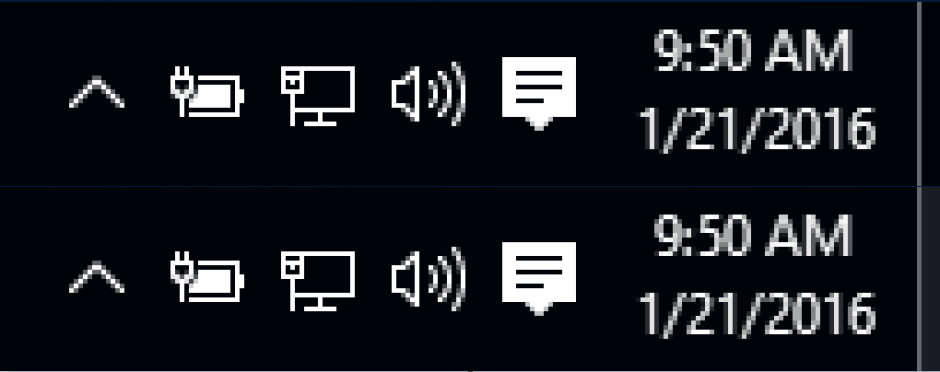

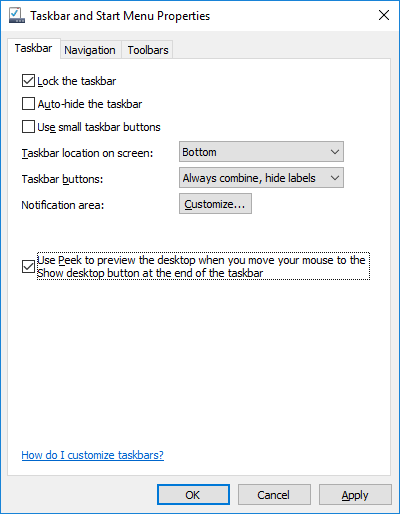

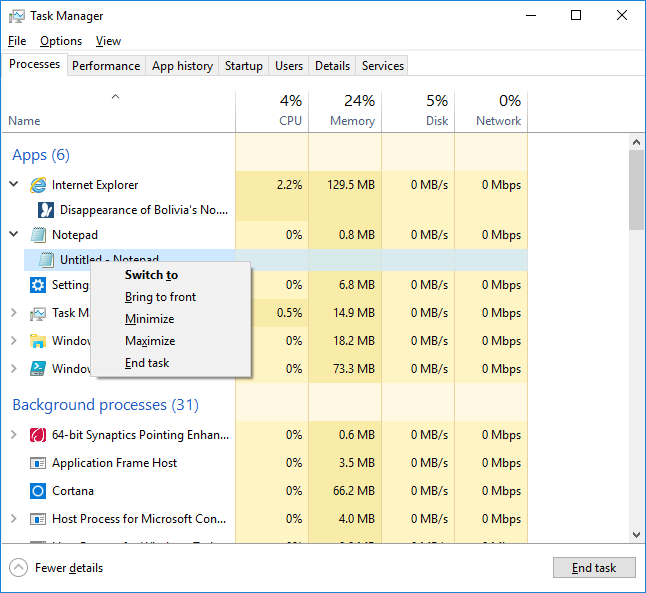
You must be logged in to post a comment.